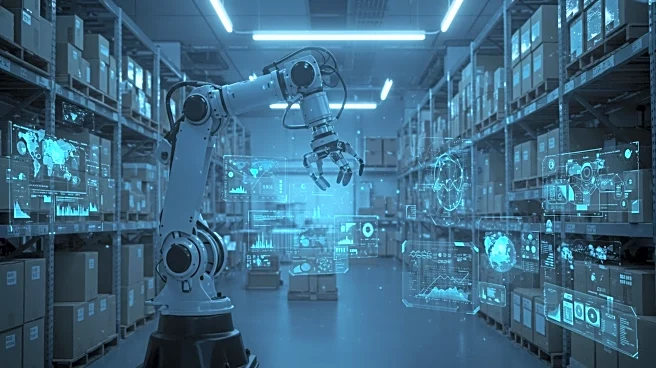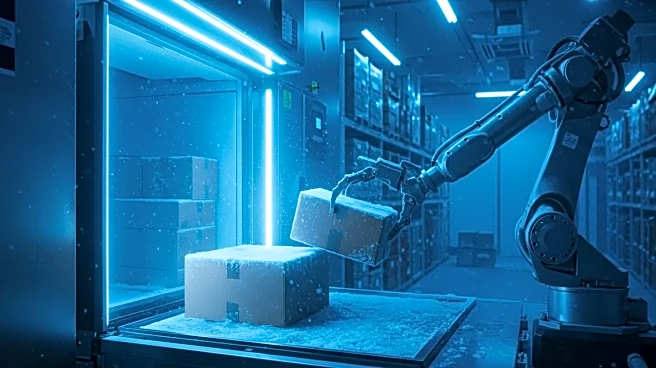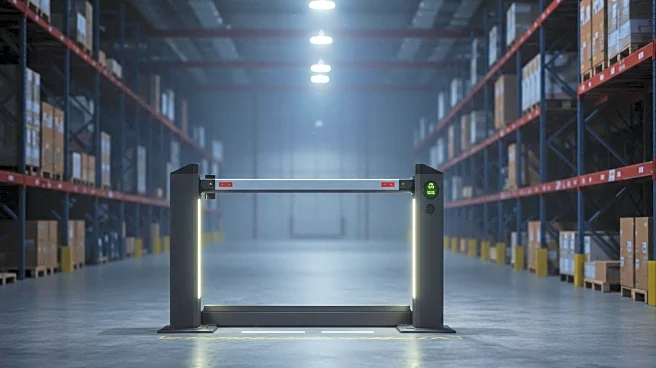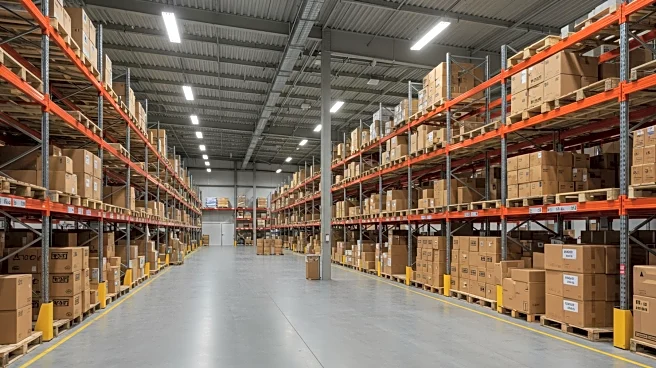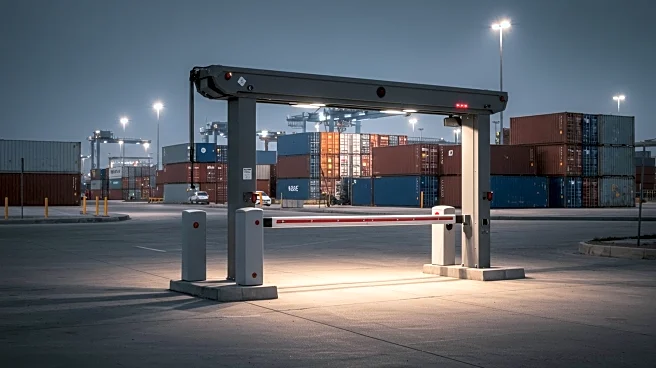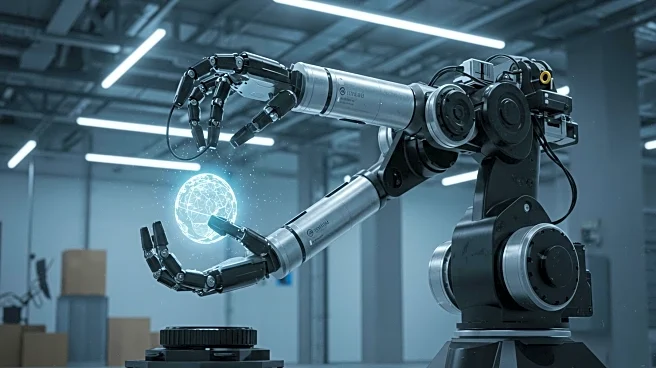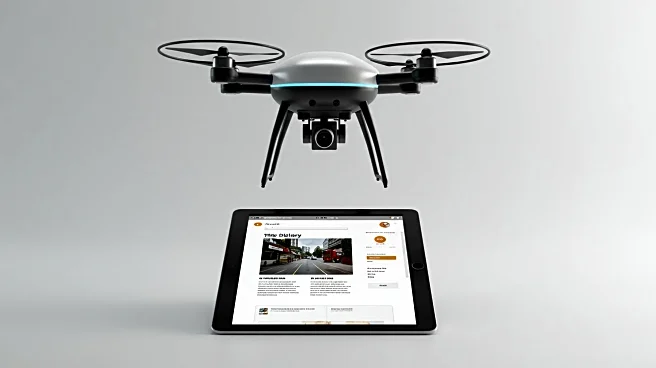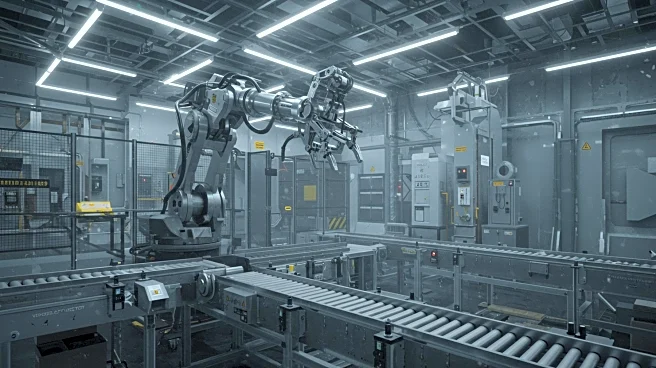What is the story about?
What's Happening?
Warehousing and distribution are undergoing significant changes due to automation, data integration, and increasing consumer demand. Businesses are adopting AI-powered systems and robotics to enhance warehouse efficiency and reduce labor costs. The integration of automation technologies is becoming essential for meeting growing expectations for faster deliveries. Companies are investing in micro-fulfillment centers to minimize last-mile delivery times and transportation costs. The use of predictive analytics and real-time tracking is transforming warehouse operations, allowing businesses to shift from reactive to proactive decision-making.
Why It's Important?
The transformation of warehousing through automation and data integration is crucial for logistics companies to remain competitive in the face of rising consumer demand. By optimizing inventory management and distribution strategies, businesses can improve efficiency and customer satisfaction. The adoption of advanced technologies provides a long-term return on investment, positioning companies for sustainable growth. As ecommerce continues to grow, the ability to fulfill orders quickly and reliably becomes a key competitive advantage, driving further investment in innovative solutions.
What's Next?
Logistics companies are expected to continue investing in automation and data-driven solutions to enhance warehouse operations. The focus will be on improving speed and flexibility in order fulfillment, particularly in urban areas. As businesses seek to reduce their environmental footprint, there will be an increased emphasis on sustainable practices. The integration of micro-fulfillment centers and advanced analytics will play a critical role in optimizing inventory and responding to market demands.
AI Generated Content
Do you find this article useful?
